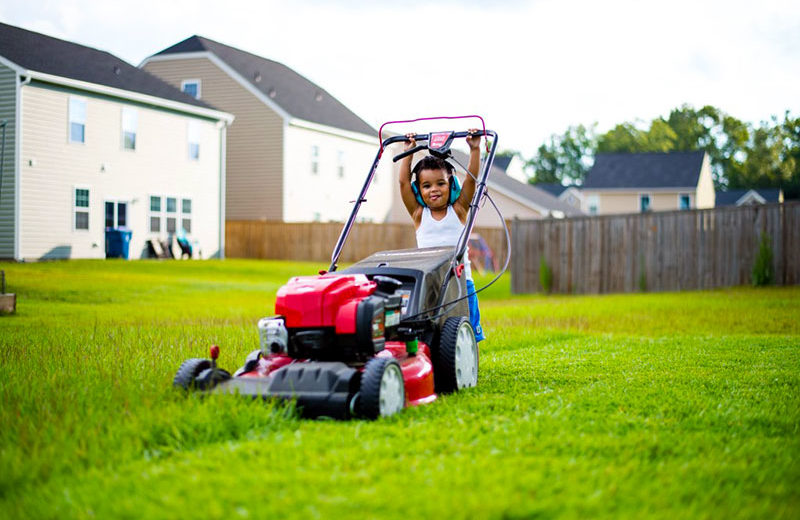Spring is a marvelous time of rebirth, as nature awakens from its slumber after a long, cold winter season. The days are getting warmer and longer, inviting us to increase our participation with the outdoors. Even though at this moment we need to practice social distancing, there are still plenty of solo activities available to us to enjoy while we are outside on a warm, spring day. However, being outdoors does come with its fair share of hazards to your ears, that is. Certain outdoor activities can be harmful to our ears and hearing, making noise-induced hearing loss a real, potential threat. Luckily, by keeping these spring hearing health tips in mind every time you step outside, you will be fully armed to protect yourself and your ears adequately.
Prevention is the best medicine, but you need the know-how to do so. Many of us may not realize that the outdoors can pose a threat to our ability to hear, but it doesn’t have to be that way. This season do some spring cleaning, for your hearing, by following these spring hearing health tips!





